What does creeping thyme look like and how to care for it?
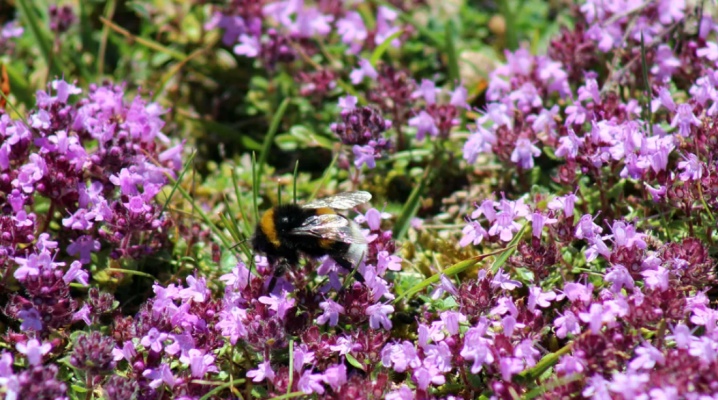
Creeping thyme is a perennial that is widely used in folk medicine, cooking and more. It grows in Russia, Crimea, Ukraine, Belarus, found in the southern part and in the temperate zone of Europe, in the Caucasus, in the Mediterranean and in some regions of Central Asia. Most often, the plant is located at the edge of the forest, glades, in the steppe and on rocky slopes.
Previously, this plant was actively used during divine services. This is a good seasoning for cooking. Thyme makes excellent aromatic sauces, it is suitable for fish and meat. It is no less actively used in perfumery.
The beneficial properties of creeping thyme have been well studied by modern scientists, so it is often used in the treatment of certain diseases.
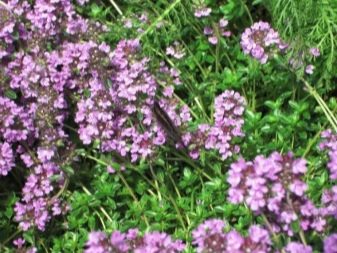
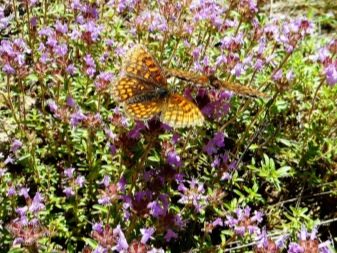
Description
Creeping thyme has another name, in the south of the North Caucasus it is known as thyme. The botanical description of the thyme family is simple - it is a small plant, the height of which rarely exceeds 30 cm. The bushes of this herb grow several tens of centimeters wide.
It has numerous raised and highly branched shoots that grow at the base. It is on them that very small green leaves about 1.2 cm long and 0.5 cm wide, elliptical in shape, grow. The leaf plates have very short petioles, below they are lighter in shade and covered with numerous glands. It is they who emit the aroma characteristic of thyme.
This plant blooms from June to September-October, its flowers are small, the color depends on the variety. Peduncles are located at the tops of the shoots. After the flowering period, seeds appear on the shoots. They are small and brown in color.
The plant, as a rule, has a weakly branched root system, but each bush eventually turns into a dense floral carpet. This is one of the many reasons why this plant is so widely used in landscaping. Creeping thyme is found most often in temperate climates. The steppe zone is an ideal option for him. If you can find him in the forest, then only in an open and sunny area.
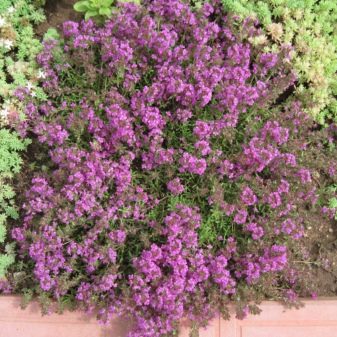
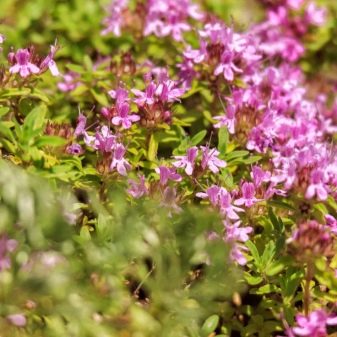
Varieties
Creeping thyme is found in several forms:
- ordinary;
- lemon-scented;
- early.
In the former, shoots rarely grow more than 10 cm in length. The foliage is so small that it looks more like a fluff. The flowers can be either white or purple.
The second variety has a subtle lemon scent, hence the name. Foliage at a young age has a delicate yellow color. This type of creeping thyme is planted in early spring or autumn. Thyme creeping of the third type blooms faster than foliage appears on its shoots.
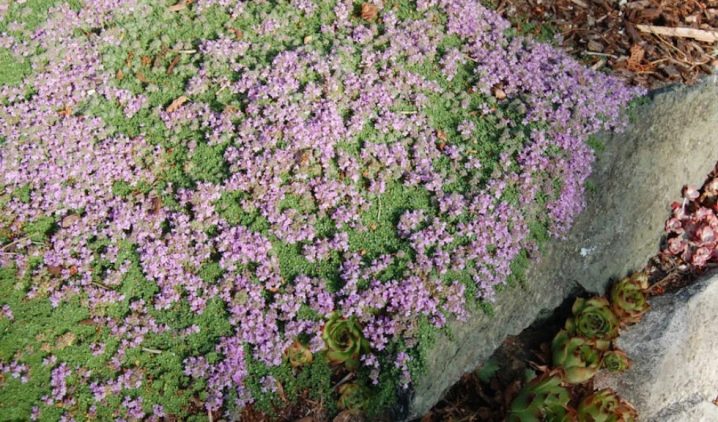
There is also a varietal variety of this ground cover plant.
- Bertram Anderson - differs from other varieties in green foliage, on which a large number of yellow spots are present.

- "Aurea" - characterized by a bright yellow tint.
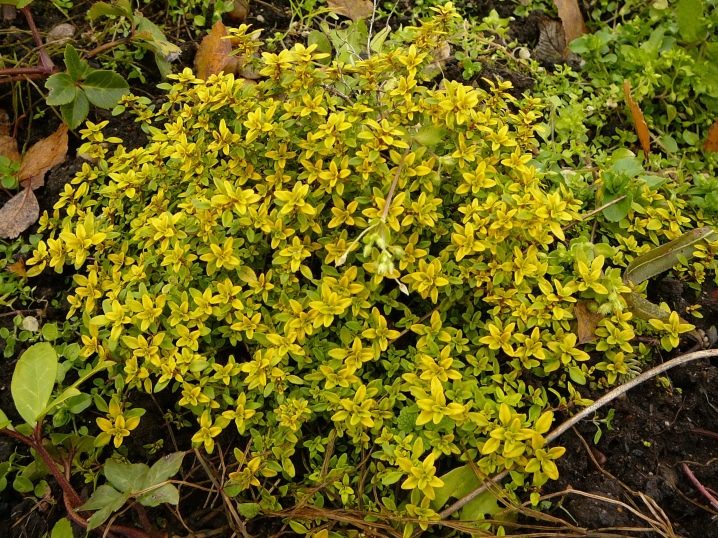
- "Minor" - like other varieties, this one has small leaves, on which small hairs are clearly visible. One of the distinguishing features of this plant is its very slow growth.
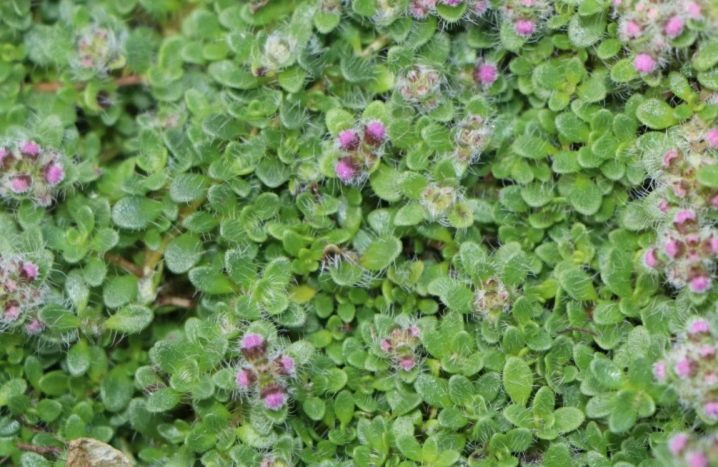
- "Dorflera" - this thyme does not tolerate cold at all, belongs to the early varieties. From external signs - bushes are small in height, a small pile on the surface of the shoots. An amazing sight opens when it begins to bloom.A purple carpet is formed on the ground, very dense and consisting of many small flowers.
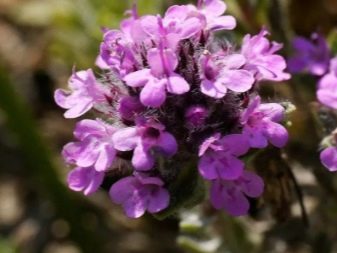
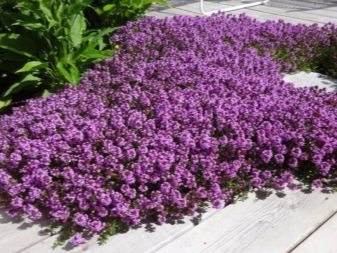
- "Siberian" - this variety can be distinguished by its powerful root system, pink flowers, which are formed in large quantities. Reproduces vegetatively.
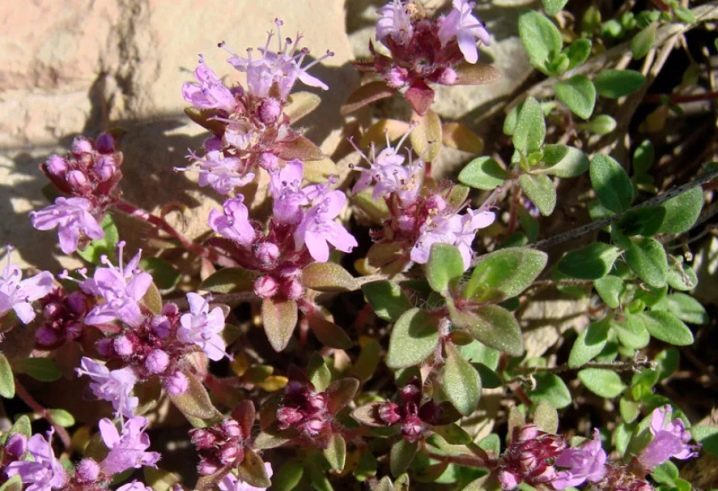
- "Japanese" - the variety blooms in the last month of summer, pleases with a bright pink shade of flowers and a pleasant aroma that comes from the bushes. It looks great in rainbow flower beds.
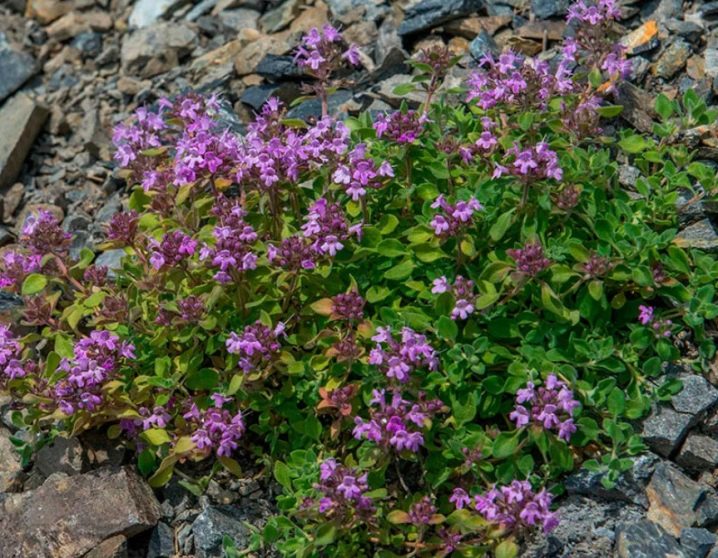
- "Magic Carpet" - bushes about 10 cm high, flowers are distinguished by a bright crimson hue. This variety received a different name among the people - "Bogorodskaya grass", since it was usually carried to the icons of the Virgin Mary.

- Donna Valley - a variety that is characterized by rapid growth. In a short time, he fills an empty area and creates an unimaginable beauty carpet of pink flowers.
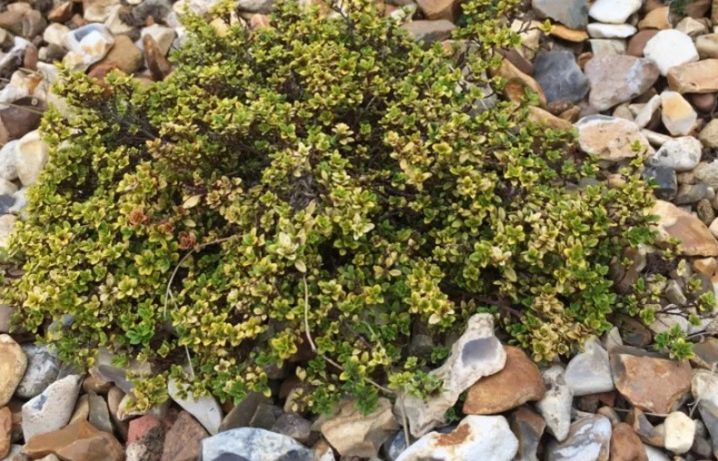
- "Colchis" - this thyme literally spreads along the ground, covering it with lilac flowers.
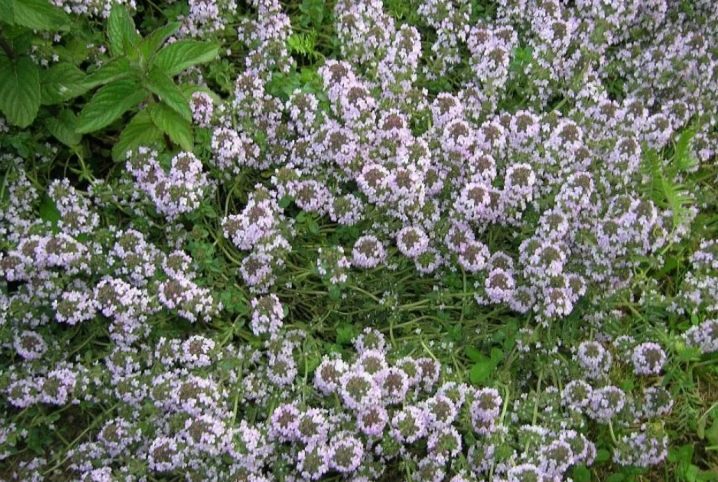
- "Silver Queen" - this variety of thyme has one significant distinctive feature - the foliage has a gray tint and a white edging.
In general, the varietal variety of creeping thyme is huge, there are plants with red flowers, white, different shades of lilac. Any of the ground cover species is ideal for decorating a flower bed, an alpine slide.
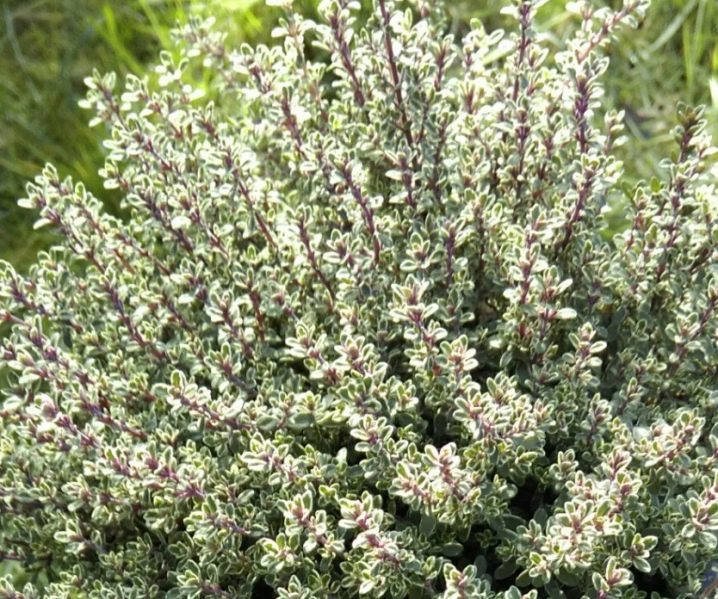
Landing
There are two ways to grow thyme. It can be successfully grown both in the garden and in a pot on the windowsill. Both methods require proper plant care.
If you are going to grow thyme in the garden, you will need to get healthy seedlings first. For this purpose, in mid-March or early April, plant seeds are planted in boxes and placed under a film in a warm room, on a windowsill - the main thing is that they are protected from frost. You can also sow thyme in small cups. The seeds are placed at a depth of about 0.5 cm, watered and covered with foil. The first shoots appear in 10-14 days.
From the end of May, thyme seedlings should be exposed to the street, thus subjecting them to hardening. The seedlings are moved into the ground after the threat of frost has disappeared. The scheme used for planting is 30x40 cm.
If you plan to continue growing the plant in a pot, then in November it should be removed to a room with a temperature of 10-15 ° C. At this time, it will be necessary to limit watering so that the creeping thyme has the opportunity to go into a dormant state.
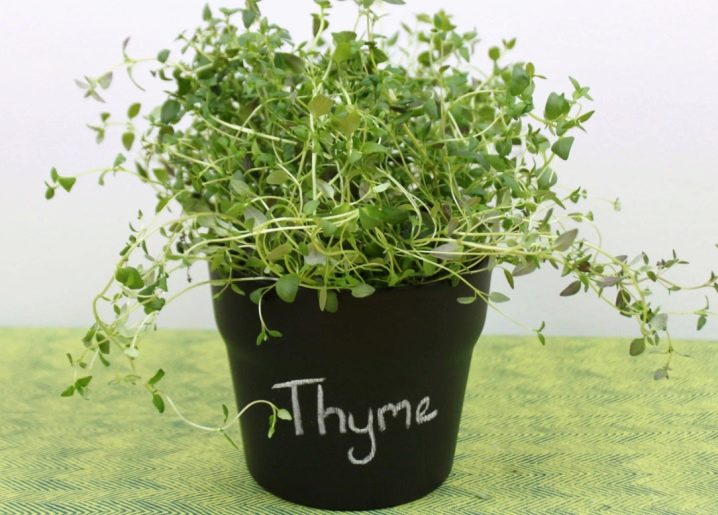
The ideal place to grow creeping thyme is an area where the sun is present most of the day and there is no draft. Sandy-clay soil allows you to achieve the maximum decorative effect from this plant. In this case, the pH level should be close to neutral or slightly acidic.
If you plan to sow seed directly into the ground, then the work algorithm will be slightly different. The territory needs to be prepared with the arrival of autumn. At this time, work is underway to introduce nutrients into the soil. Add humus in an amount of 10 kg per 1 m2, as well as superphosphate (30 g) and potassium sulfide (25 g) on the same area. When the warmth comes, the place where you plan to sow the seeds needs to be leveled.
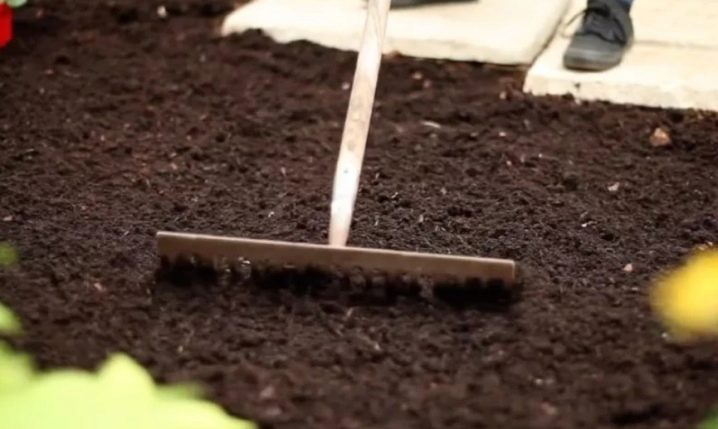
Landing Algorithm:
- grooves need to be made, the depth of which is 1 cm, with a distance of 30 cm between them;
- moisten the soil well;
- distribute the seed evenly over the grooves;
- sprinkle with a small layer of sand.
At the end, the planting is covered with agrofibre. When sprouts appear, it is harvested, young plants dive.
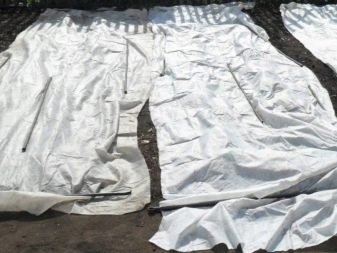
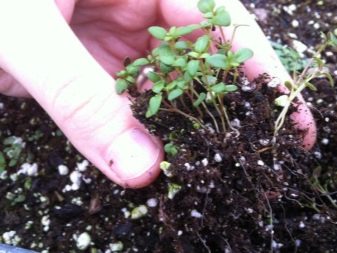
Care
Thyme, like any other plant, has its own requirements for growing outdoors, which must be observed in order to ensure its best development. If you decide to grow this flower in the garden, you should take care that the soil is fertile and light.
Watering and weeding
Watering plays an important role in the care of garden plants, but in the case of grasses, this is especially important, since many species of creeping thyme love moist soil, but react negatively to overflow.This plant must be watered moderately, but regularly - it is better to moisten the soil less, but carry out the procedure more often. Remember that the thyme is watered with a small stream of water, avoiding contact with the leaves.
If the plant is grown in a pot at home, it needs to be provided with a pot with holes in the bottom and good drainage. Before the next watering, we check the top layer of the soil, which by this time should dry out slightly, and in no case we moisten the soil if it is still wet. In summer, the plant is watered once a day, if it is very hot - twice.
As for the weeding of creeping thyme growing in the open field, the procedure is carried out regularly, when weeds appear. Usually there is not much of it, since this ground cover plant completely covers the soil and does not provide light for the growth of a large number of weeds.
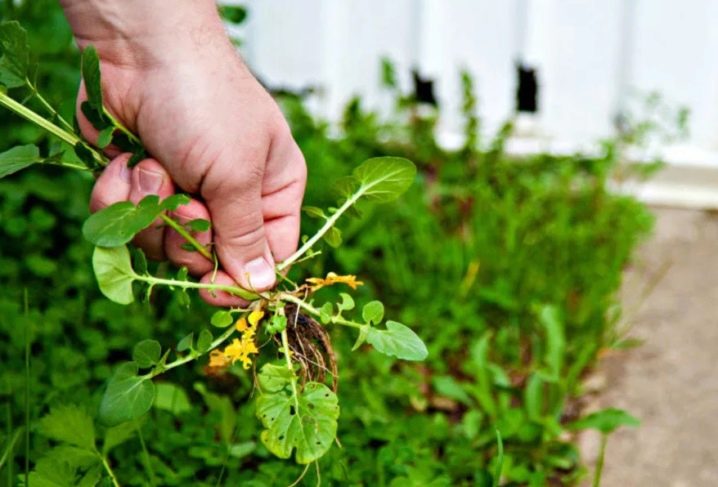
Top dressing
Creeping thyme does not need fertilizer, because in nature it grows on marginal soils. From time to time it can be fertilized with organic matter. Rotten manure or compost is perfect for this. Too much fertilizer can cause outdoor-grown thyme to lose its flavor.
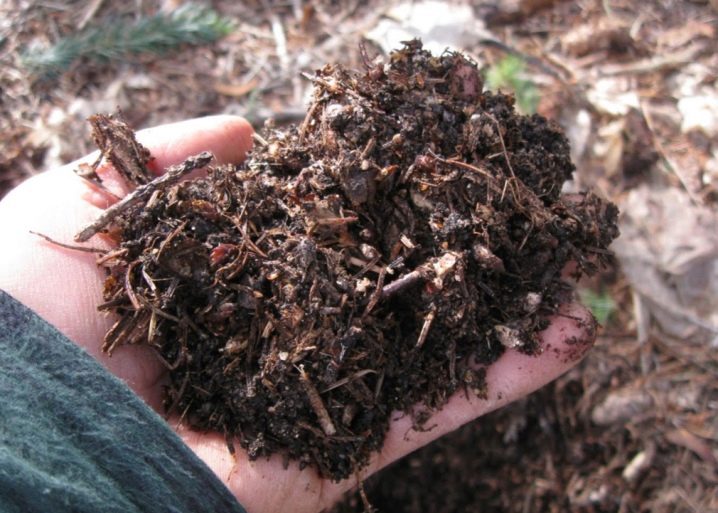
Pruning
Growing thyme requires timely pruning. We are talking about the sanitization of the bushes. It is held twice a year, the first time in the spring, the second in the fall.
When the snow melts and it becomes warm outside, the following types of shoots are removed from creeping thyme:
- frozen;
- sick.
This gives the grower room for new shoots to grow. The stems of this plant should not be crusty. Cropping is done by 2/3. After such treatment, creeping thyme forms dense and beautiful bushes.
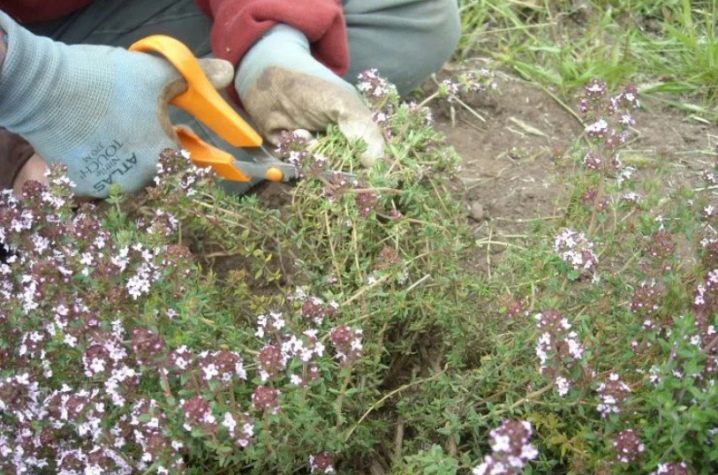
Transfer
Once every three years, it will be necessary to change the place for the development of thyme bushes. This procedure will extend the life of the plant. The previously used area can be used for sowing other crops that are not related to it. The soil retains its fertility, since creeping thyme does not take many useful substances from it for growth and development.
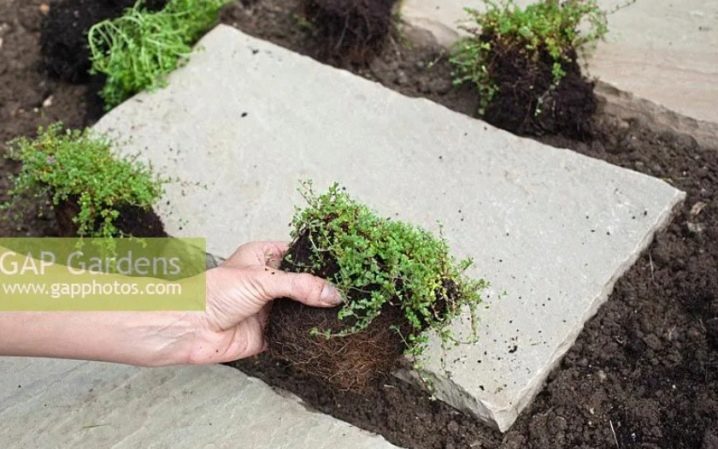
Reproduction
To get new creeping thyme bushes, you can divide old bushes or cut cuttings that need to germinate and root for transfer to open ground.
If you plan to propagate creeping thyme by dividing the bush, then in early spring it is necessary to dig up the plant and divide it into parts. Both plants obtained in this way must have well-developed roots. After dividing, you will need to immediately plant the thyme in a pre-prepared place, water it. Additional cover with agrofibre helps to speed up the adaptation of thyme bushes.
In the second case, you should cut off the branches of creeping thyme at the beginning of summer. The apical shoots are chosen, which are cut to a length of 8-10 cm. The cuttings must be planted in a moist soil mixture. It is best to buy a ready-made one, since it already has everything you need for further rooting of the plant.
Before you immerse the cutting in the ground, you should clear it from the foliage two centimeters from the bottom. "Kornevin" helps to activate the growth of new roots on the stem, so you shouldn't neglect it. After the cuttings are planted in small containers with soil mixture, covered with a transparent bag, which allows you to create the necessary conditions for the development of a high-quality root system.
Periodically, the cuttings will need to be ventilated and moistened with a spray bottle.
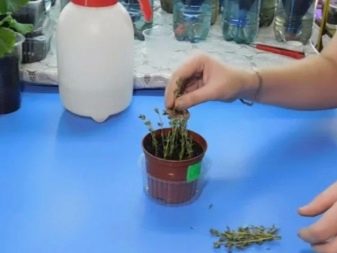
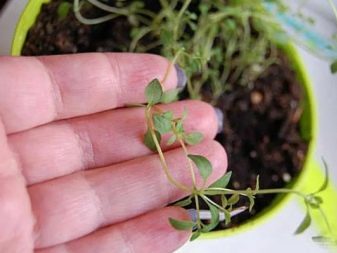
Diseases and pests
Like many flowers, creeping thyme can be attacked by insects and diseases. This plant contains a large amount of essential oils, which are a natural defense, but sometimes it is not enough to protect young plantings. Improper agricultural technology leads to the fact that creeping thyme falls ill or is eaten by pests. Timely processing is required to keep the bushes healthy.
Insects
Insects that usually infect this plant:
- moths;
- weevils;
- sandy slow;
- aphid.
Bloodworm caterpillars and adults are usually found on the underside of creeping thyme. They eat greens, flowers and do not even disdain escapes. The appearance of a cobweb on a plant indicates a problem that must be dealt with immediately. In this case, Decis helps a lot. As a prophylaxis - weeding the site from weeds and digging up the soil.
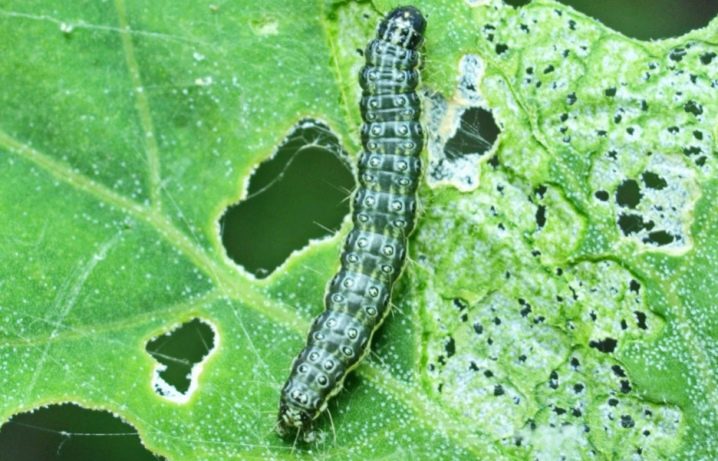
If at the planting of thyme a small black beetle is wound up, this is a sandy slow. It damages parts of the thyme near the ground, thereby spoiling the bushes. As a fight, baits and further processing with chemicals are used.
The inflorescences are usually affected by another insect - the weevil. The clutch of his eggs is located there. Fitoverm, which kills the larvae, has proven itself quite well in the fight against him, while it is completely safe for animals and humans.
Most often, gardeners have to deal with aphids, and this applies not only to creeping thyme, but also to other flowers in the flower bed. Aphids feed on plant sap, so the lack of timely processing leads to the death of thyme.
It is worth trying Biotlin or Antitlin, which are easy to find in specialized garden stores.
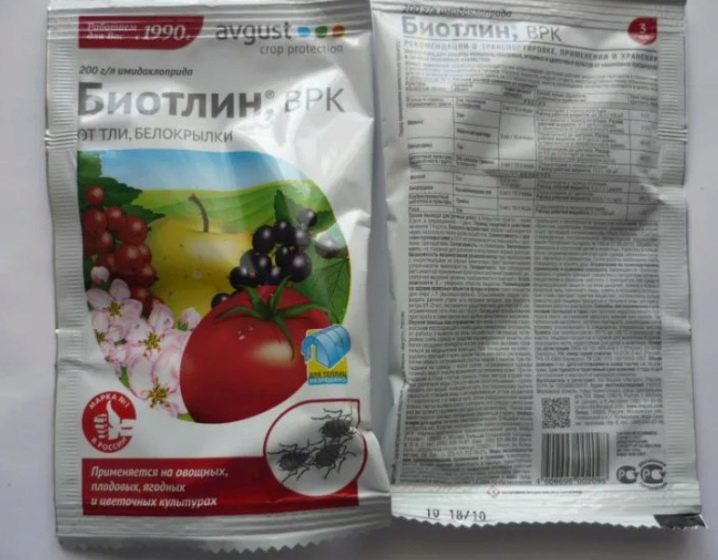
Diseases
The most common diseases:
- fungus;
- mold.
They appear when the soil is waterlogged, which is why it is so important to ensure that water does not stagnate at the roots of the plant. The best remedy is any broad spectrum fungicide. Most often, gardeners prefer to use Topaz or Horus, as they are the easiest to find in stores.

Application in landscape design
Thyme creeping looks amazingly beautiful in the garden, in a flower bed or just on the site.
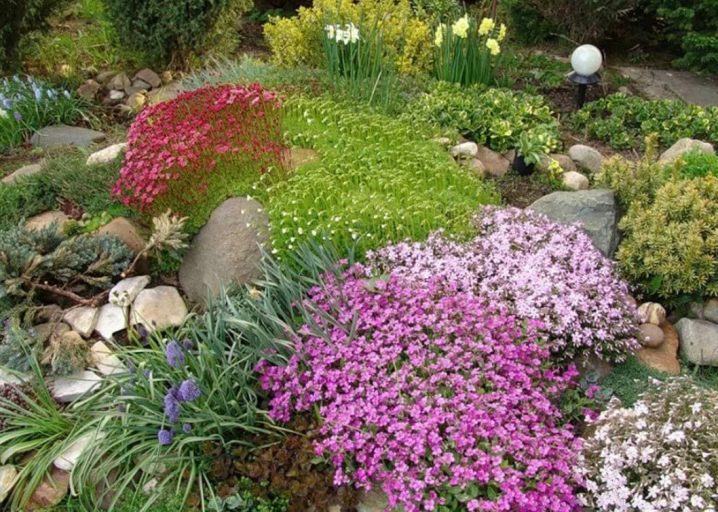








The comment was sent successfully.